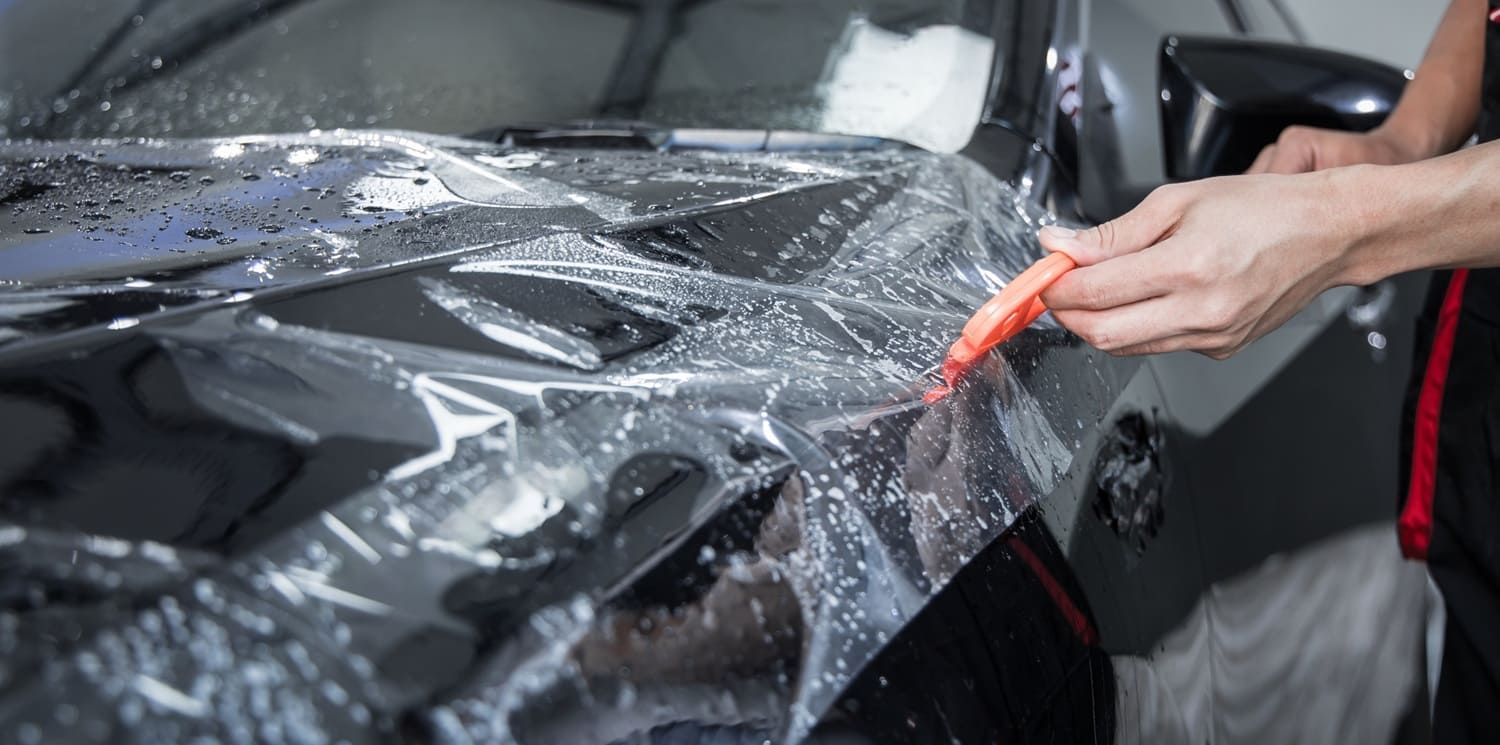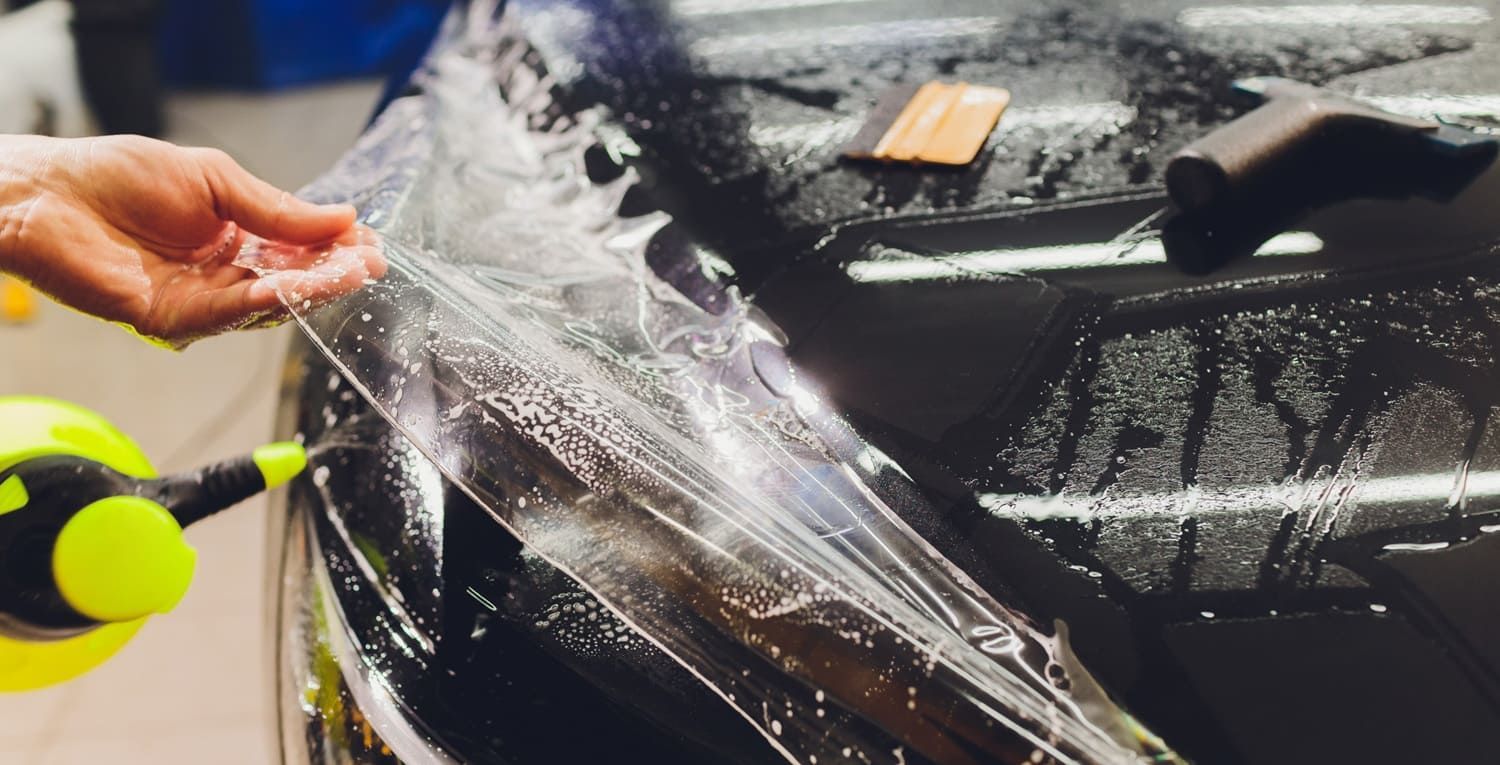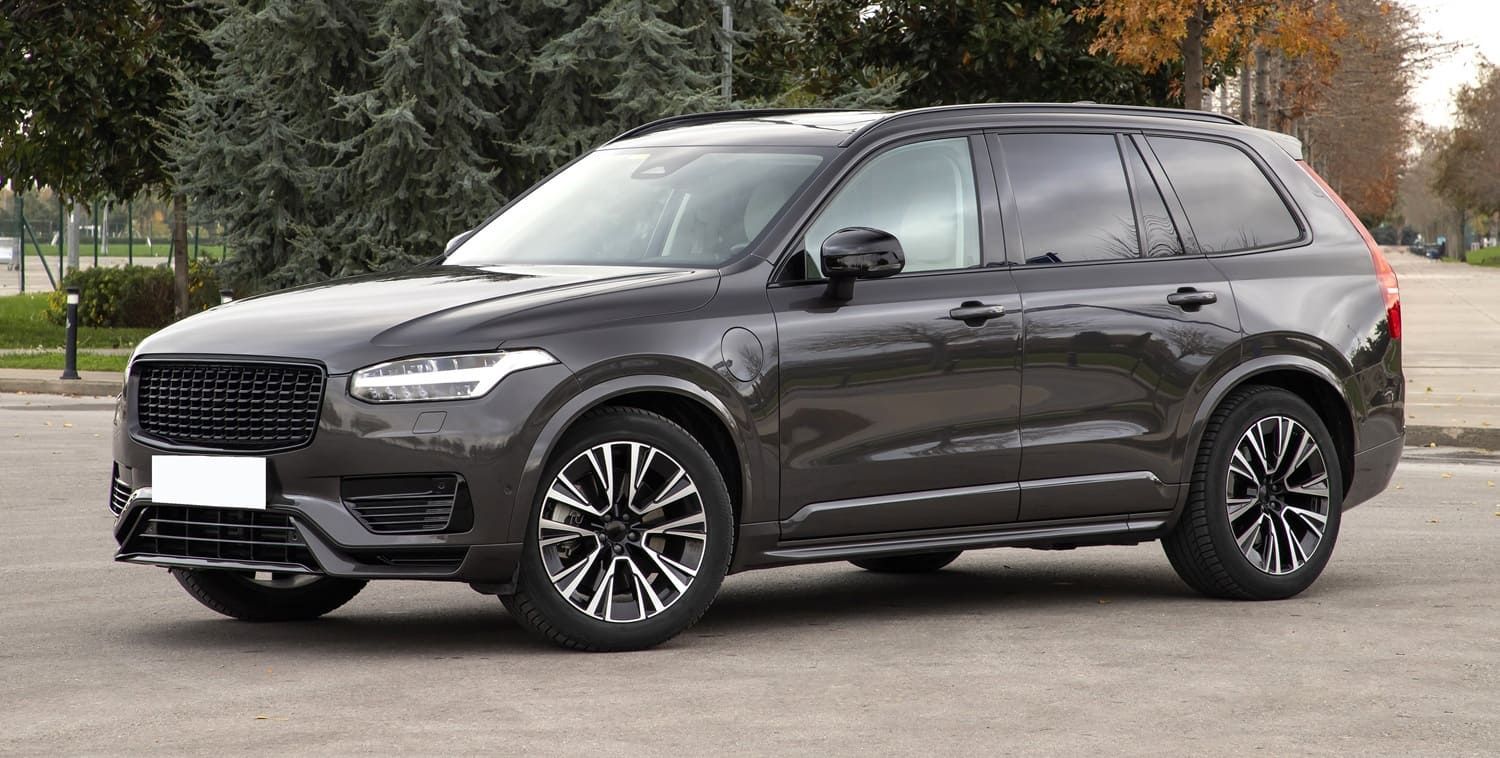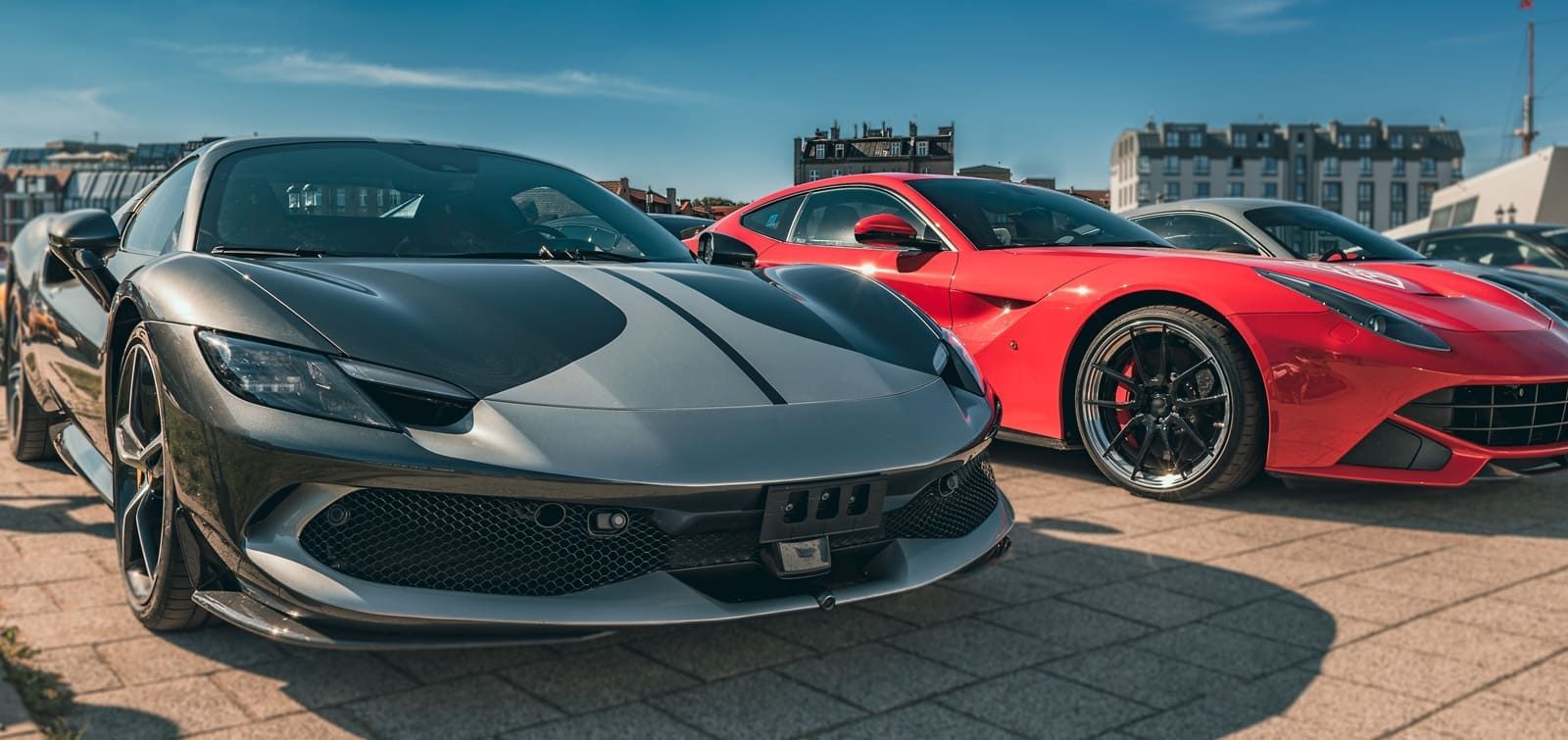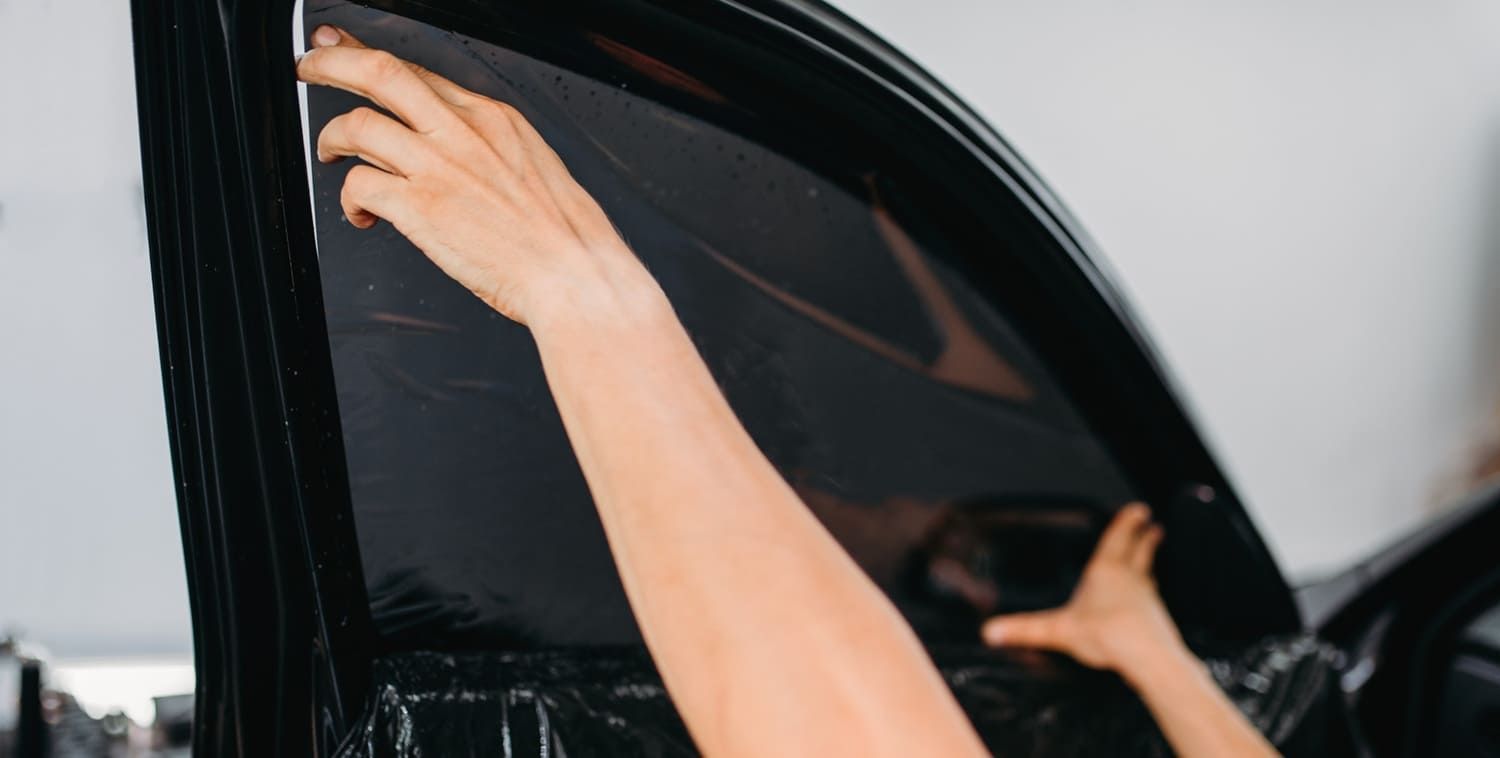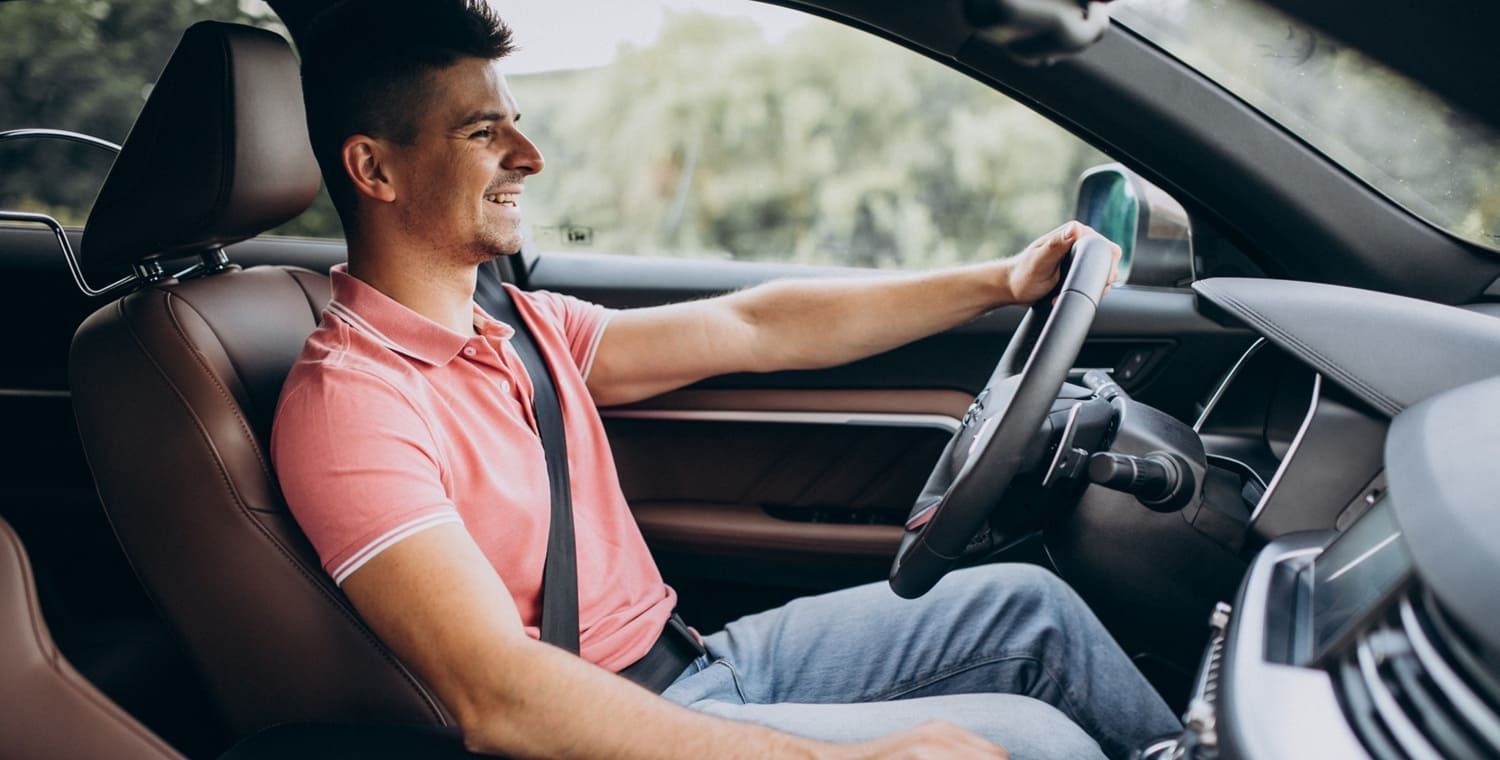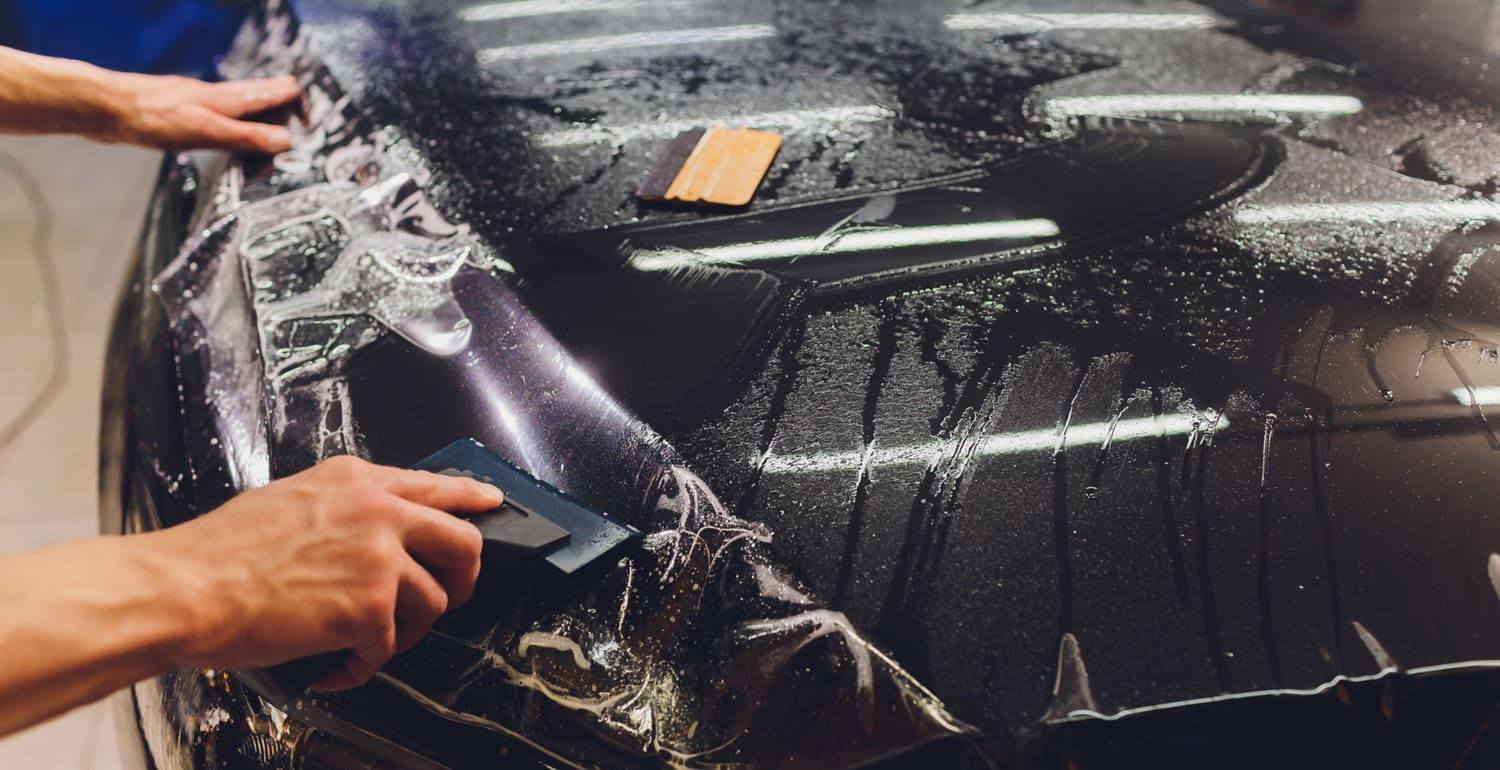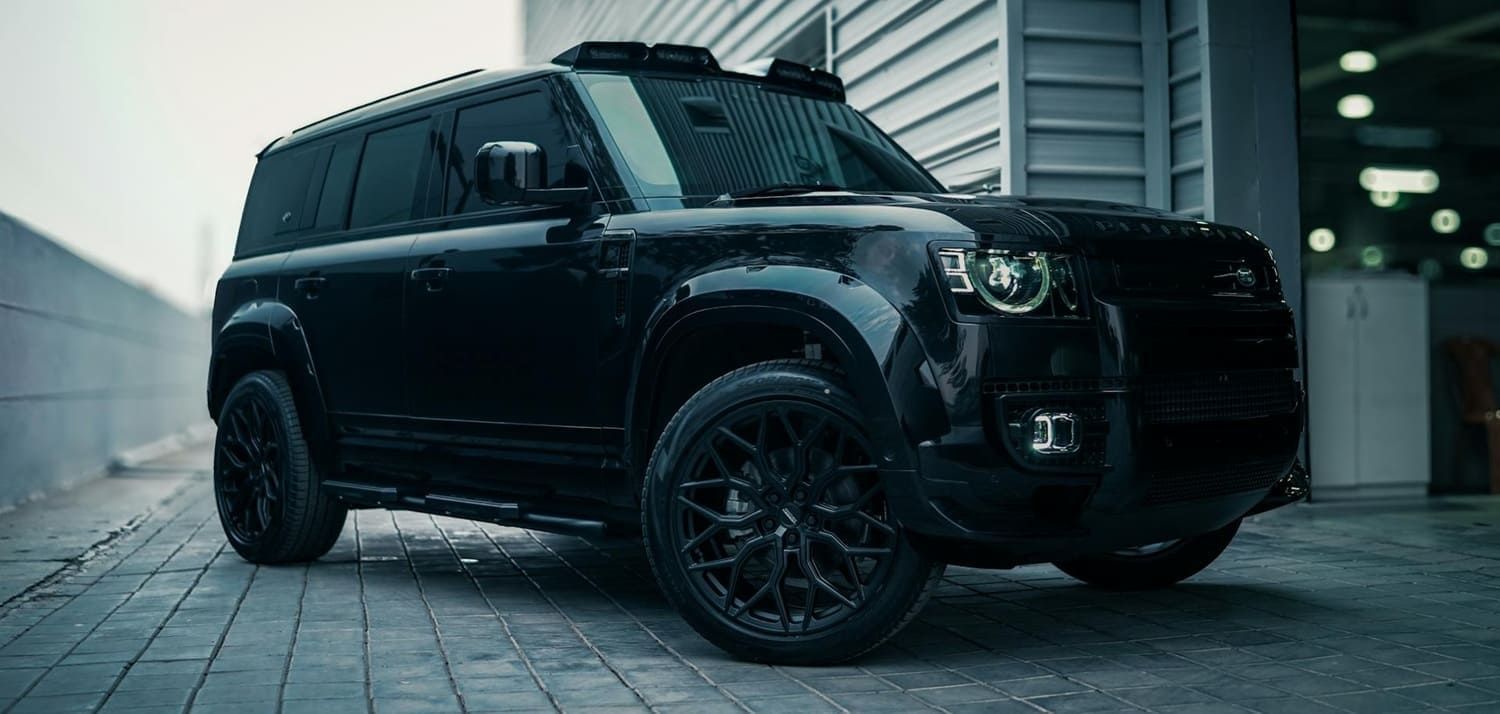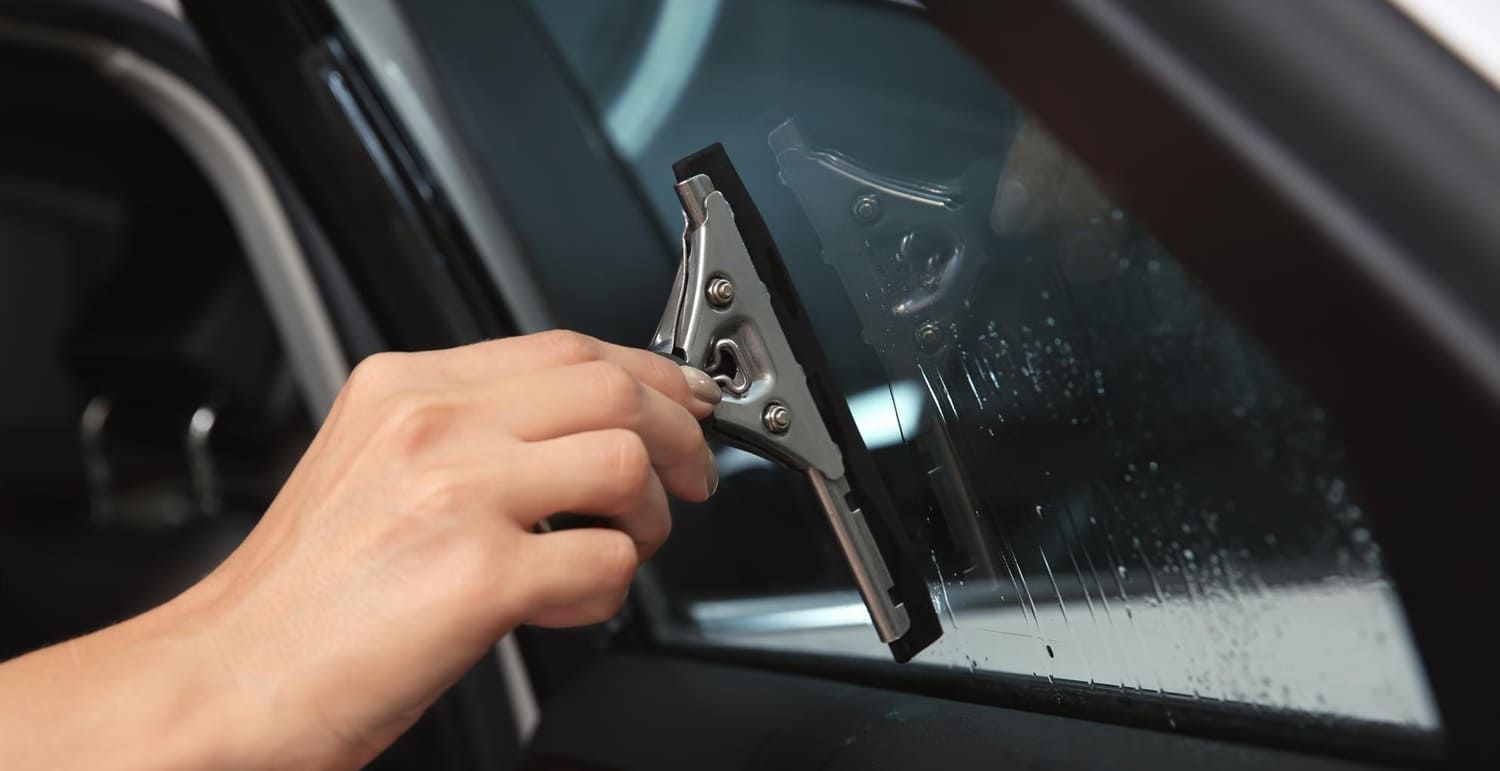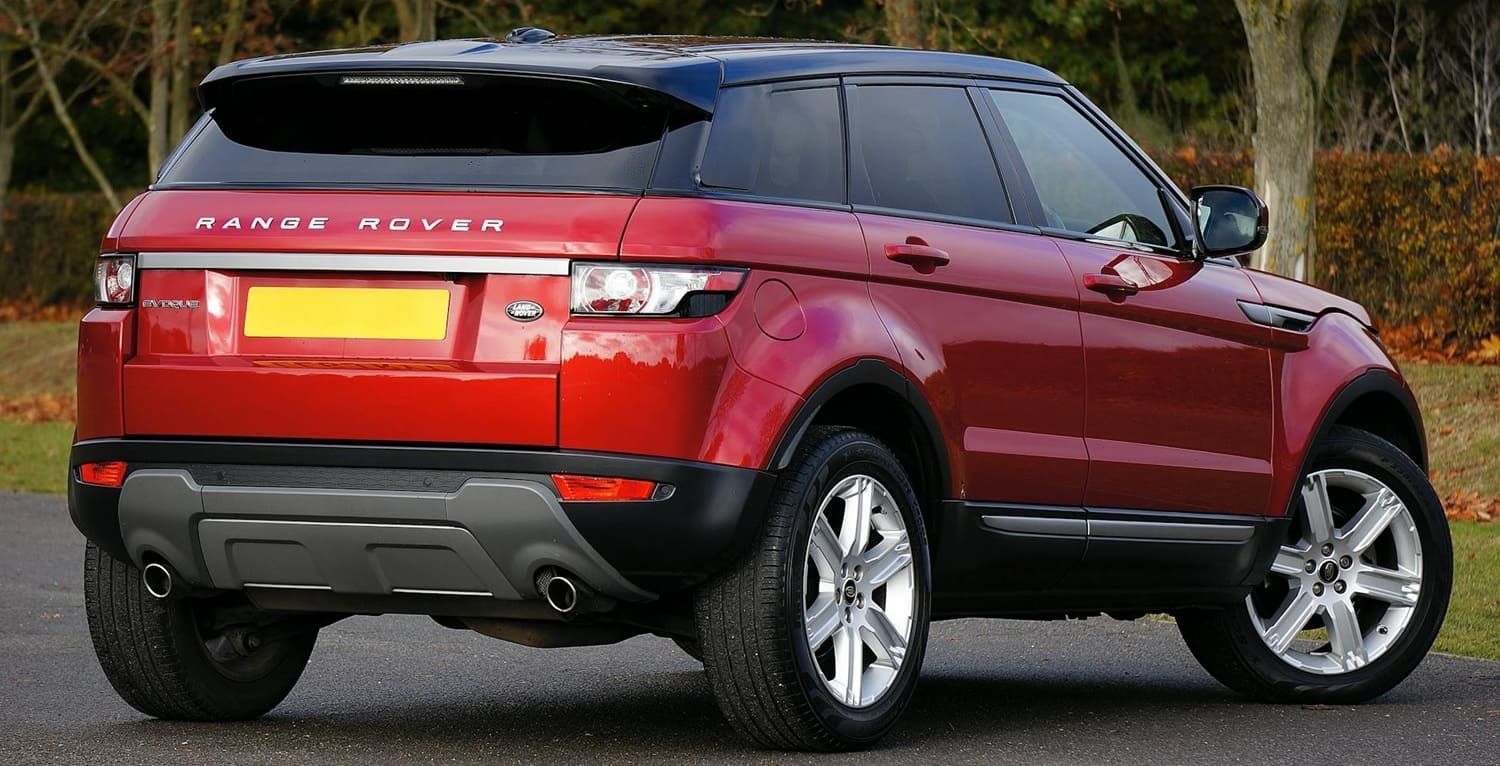Ceramic vs. Standard Tint: Is Premium Worth It?
Choosing the right window tint for your car can be a daunting task. With so many options available, it's easy to feel overwhelmed.
Ceramic window tint is often touted as the premium choice. But is it really worth the extra cost compared to standard tints?
This article will explore the differences between ceramic and standard window tints. We'll help you understand the benefits and drawbacks of each option.
Whether you're a car enthusiast or just looking to improve your vehicle's comfort, this guide is for you. Let's dive into the world of car window tinting and find the best fit for your needs.
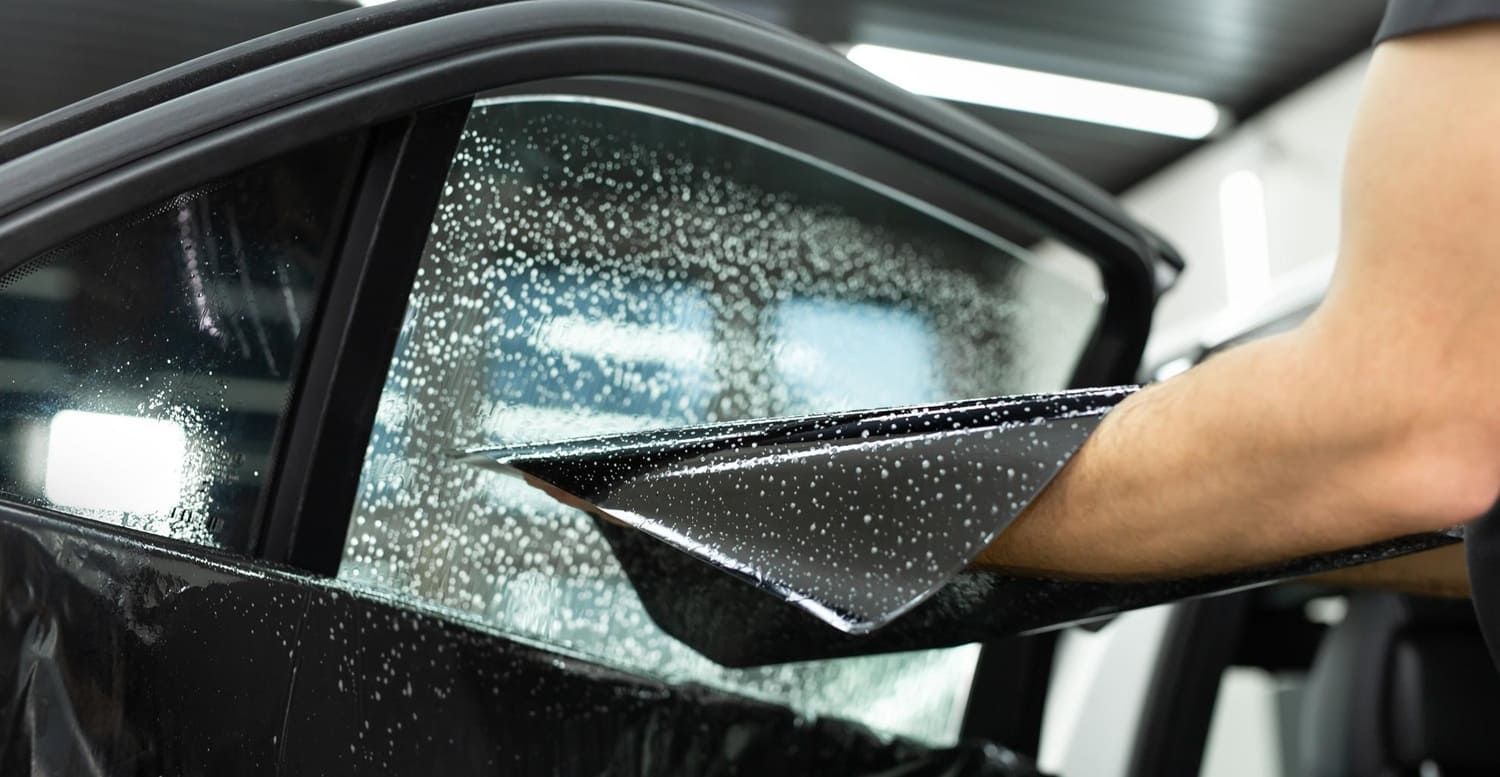
What Is Car Window Tinting?
Car window tinting involves applying a thin film to the glass surfaces of a vehicle. This process enhances privacy and offers protection from harmful UV rays.
The benefits of tinting extend beyond aesthetics. Drivers often find that a tinted car is cooler, making journeys more comfortable.
Here's what window tinting can offer:
- Increased privacy and security
- Protection against UV rays
- Reduction in interior heat
- Glare reduction for improved driving
Whether for style or function, car window tinting provides a range of advantages. It's a practical choice for those seeking to enhance their driving experience.
Types of Window Tint: Standard, Carbon, and Ceramic
Window tints come in various forms, each with unique characteristics. The most common types include standard, carbon, and ceramic tints. Understanding these options helps in making an informed decision.
Standard window tints are the most affordable option. They provide basic UV and glare protection but may not be very durable. Over time, standard tints can bubble or peel, requiring replacement.
Carbon window tints offer better durability and performance compared to standard tints. They block more infrared light and reduce heat inside the vehicle effectively. Additionally, they do not fade easily over time, maintaining their appearance.
Ceramic window tints represent the premium choice, known for their superior technology and benefits. They excel in heat rejection and UV protection without compromising visibility. Additionally, ceramic tints do not contain metal, avoiding electronic interference.
Key differences between these tints include:
- Standard: Basic protection, cost-effective
- Carbon: Improved durability and heat rejection
- Ceramic: Advanced protection and clarity
Each type of tint serves different needs. The choice depends on budget, aesthetic preference, and desired performance.
How Does Ceramic Window Tint Work?
Ceramic window tint is a technological marvel in the world of car tinting. Unlike traditional options, it uses nano-ceramic technology. This involves incorporating tiny ceramic particles into the film itself.
These particles are microscopic, making them invisible to the eye yet highly functional. They act as effective barriers against infrared heat, keeping the car cooler. Ceramic tints also block harmful UV rays, providing excellent sun protection.
One of the standout features of ceramic tints is their non-metallic composition. This ensures electronic signals, like GPS or mobile reception, are not obstructed. Furthermore, the tint remains clear, maintaining excellent visibility regardless of light conditions.
Key features of ceramic window tint include:
- Infrared Heat Rejection: Keeps interiors cool
- UV Protection: Blocks up to 99% of harmful rays
- Signal Stability: No interference with electronics
- Clarity: Maintains visibility and reduces glare
These attributes make ceramic window tint a preferred choice for many car owners seeking comfort and protection.
Ceramic Window Tint vs Carbon: Key Differences
When comparing ceramic window tint to carbon, there are distinct differences. Both offer advantages but cater to different needs. Understanding these differences helps in making an informed choice.
Ceramic window tint is highly effective in heat rejection and UV protection. It blocks up to 99% of harmful UV rays. This makes it an excellent choice for those prioritizing sun safety and interior protection. Its non-metallic nature ensures no interference with electronic devices.
Carbon window tint, on the other hand, contains carbon particles. These particles provide a matte finish and decent performance in heat rejection. Carbon tints are more affordable than ceramic, making them a popular choice for budget-conscious consumers.
However, they don't match the superior heat rejection and UV protection levels of ceramic tints. Carbon tints may also fade over time, unlike their more durable ceramic counterparts.
Key differences include:
- Heat Rejection: Ceramic excels over carbon
- Durability: Ceramic offers long-lasting performance
- UV Protection: Better with ceramic tints
- Cost: Carbon is more budget-friendly
Choosing between these tints involves weighing performance versus cost. Your decision should align with your needs and budget.
Benefits of Ceramic Window Tint
Ceramic window tint offers a multitude of benefits that make it a top choice for car owners. One of the most notable advantages is its superior ability to reject heat. This keeps the interior of your vehicle cooler, reducing the reliance on air conditioning.
UV protection is another significant benefit. Ceramic tint can block up to 99% of harmful UV rays. This shielding helps protect your skin and prevents the fading and cracking of your car's interior materials.
Glare reduction is also an essential feature. By minimizing glare from the sun and headlights, ceramic tint improves driving comfort and safety. This makes it easier to focus and reduces eye strain during long trips.
Durability is a key characteristic of ceramic window tints. They are known for their resistance to fading and do not bubble or peel over time. This maintains the tint's appearance and efficacy year after year.
Moreover, ceramic window tint doesn't interfere with electronic devices. It ensures that your GPS, phone, and other electronics function correctly without signal disruption.
Benefits of ceramic window tint include:
- Heat Rejection: Keeps interiors cool
- UV Protection: Blocks harmful rays
- Glare Reduction: Enhances comfort
- Durability: Long-lasting and fade-resistant
- Device Compatibility: No signal interference
Ceramic tints strike a balance between aesthetic appeal, safety, and functionality. For those seeking a premium solution, they offer unmatched performance.
Standard Tint: Pros and Cons
Standard window tints are a popular choice for many car owners. They offer an affordable way to improve a car's appearance and block some sunlight. While not as advanced as other tint options, they still provide some basic benefits.
However, standard tints have their limitations. They offer less heat rejection compared to ceramic tints. This means the interior of your car can get warmer than with a premium option. Additionally, standard tints often contain metallic materials, which can interfere with electronic signals.
Bubbling and peeling are more common with standard tints over time. Regular replacement or maintenance might be necessary to keep them in good condition.
Pros of standard tint include:
- Affordability: Cost-effective option
- Basic Sun Protection: Blocks some UV and glare
- Aesthetic Improvement: Enhances car appearance
Cons of standard tint:
- Less Heat Rejection: Warmer car interiors
- Possible Signal Interference: Due to metal content
- Durability Issues: Prone to bubbling and peeling
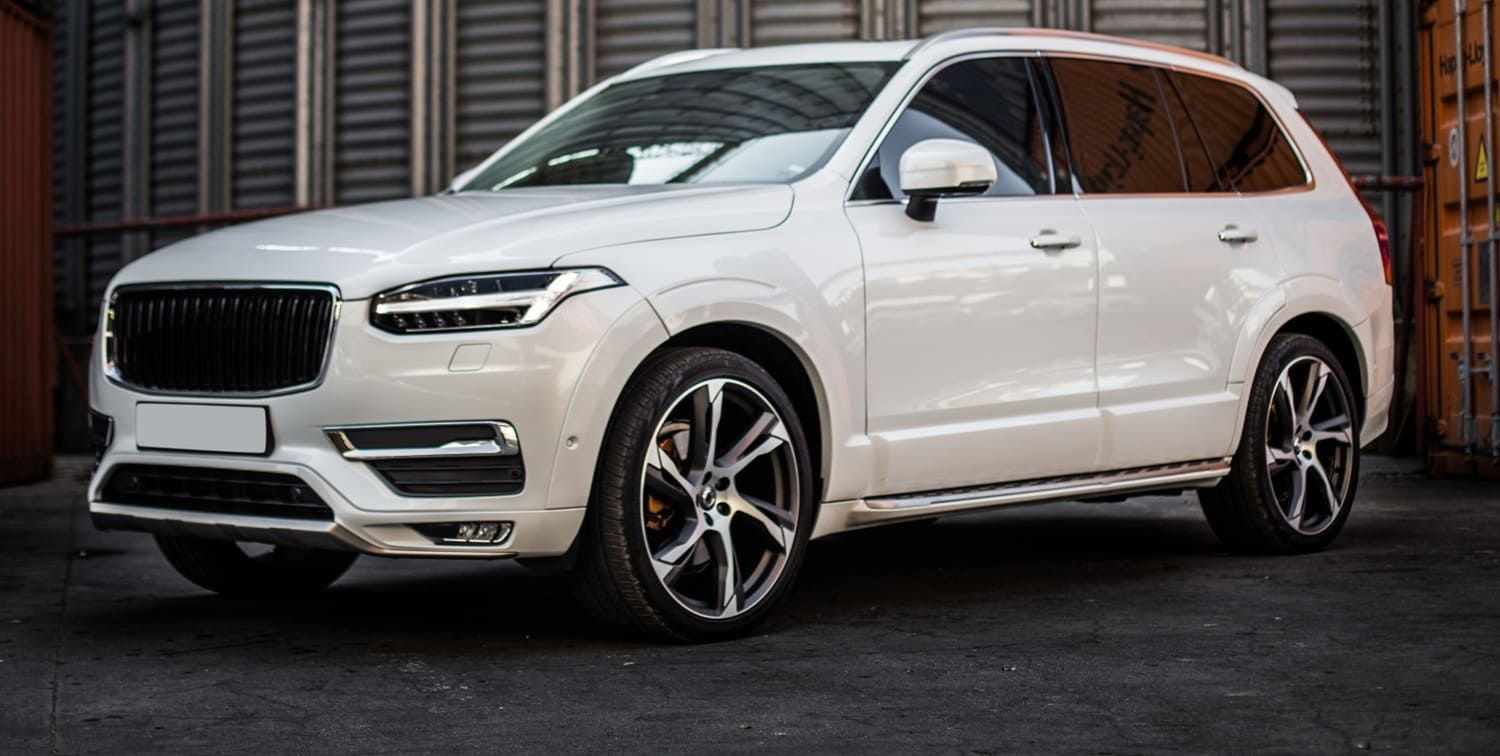
LLumar Auto Window Tinting: A Closer Look
LLumar Auto Window Tinting is well-regarded in the car tinting industry. Known for their quality and reliability, LLumar tints offer excellent protection and durability. This brand provides a range of options, including ceramic films, to fit various needs and budgets.
Their products are crafted to deliver superior performance. LLumar tints block UV rays effectively and reduce heat significantly. They also enhance vehicle aesthetics with a sleek finish. For those considering tinting, LLumar offers peace of mind with a reputation for excellence.
Key benefits of LLumar Auto Window Tinting include:
- High-Quality Materials: Long-lasting performance
- Excellent Heat Reduction: Keeps interiors cool
- Aesthetic Appeal: Modern and stylish look
Cost Comparison: Ceramic vs. Standard Tint
When considering window tinting, the cost is a crucial factor. Ceramic window tint is generally more expensive than standard tint due to its advanced technology and superior benefits. The initial investment for ceramic tinting may seem high, but it offers long-term savings through reduced energy bills and prolonged material durability.
Standard tint, on the other hand, is more budget-friendly. However, it lacks the extensive features of ceramic options. Choosing between them depends on your priorities and budget constraints.
Here's a quick breakdown of the cost comparison:
- Ceramic Tint: Higher upfront cost, long-term benefits
- Standard Tint: Lower cost, limited durability
Is Ceramic Window Tint Worth the Investment?
Deciding whether ceramic window tint is worth the investment requires a closer look at its benefits versus its cost. Ceramic tint provides exceptional heat rejection, superior UV protection, and enhanced durability. These advantages contribute to a more comfortable driving experience and protect your car's interior from damage.
The initial cost may deter some buyers, but the long-term benefits can outweigh this upfront expense. Reduced need for air conditioning results in energy savings, and increased protection prevents costly interior repairs.
To help you make an informed decision, consider the following:
- Long-Term Savings: Reduced energy costs due to less air conditioning
- Interior Protection: Minimizes UV damage and extends the life of your car's interior
- Driving Comfort: Better heat and glare control enhance the overall experience
Ultimately, the choice depends on whether these advantages align with your personal preferences and financial situation.
Choosing the Right Tint for Your Car
Selecting the right window tint involves balancing your car’s needs with personal preferences. Consider factors like climate, budget, and desired privacy level. In hotter regions, opting for a tint with strong heat rejection might be more beneficial.
Evaluate the performance aspects of each tint type. While ceramic offers top-tier protection, carbon tints also offer substantial benefits at a lower cost. It's important to weigh these against each other.
Here's a checklist to guide your decision:
- Budget: Determine how much you're willing to spend
- Climate: Assess the typical weather in your area
- Preference: Decide on the look and feel you desire
By considering these aspects, you can choose a tint that enhances your driving experience while meeting your expectations.
Frequently Asked Questions
What is the main advantage of ceramic tints?
Ceramic tints excel in heat rejection and UV protection, ensuring a comfortable and safe driving experience.
Do ceramic tints affect my electronic devices?
No, ceramic tints are non-metallic, so they won't interfere with GPS, cell reception, or radio signals.
Are ceramic tints more expensive than standard tints?
Yes, they tend to cost more upfront but often provide better long-term savings and benefits.
What is the difference between ceramic and standard tint?
Ceramic blocks more heat and UV rays, while standard tint mainly adds shade.
Does ceramic tint last longer than standard tint?
Yes. Ceramic is more durable and fade-resistant.
Is ceramic tint more expensive than standard tint?
Yes. It costs more but delivers higher performance.
Which tint offers better heat rejection?
Ceramic blocks more infrared heat for cooler interiors.
Does ceramic tint affect visibility at night?
No. It reduces glare while keeping vision clear.
Can standard tint still provide UV protection?
Yes, but ceramic blocks a higher percentage of harmful rays.
Which tint is better for long-term value?
Ceramic offers better comfort, protection, and durability.
Is premium ceramic tint worth it?
Yes. It provides stronger performance and lasts longer than standard tint.
Conclusion: Making the Best Choice for Your Vehicle
Choosing between ceramic and standard window tints depends on your needs and budget. With Velocity Window Tinting in Sanford, FL, a trusted LLumar SelectPro Dealer and premier car window tinting installer near you, you’ll get expert guidance on selecting the right tint for your vehicle and lifestyle. Ceramic tints offer superior protection and durability, making them an excellent choice for drivers who want long-term performance.
Consider the long-term benefits of ceramic tints, such as reduced UV exposure and improved heat rejection. They provide premium performance and are a valuable investment for your vehicle, especially when installed by the professionals at Velocity Window Tinting.
Contact Velocity Window Tinting in Sanford, FL today for your free estimate and experience the difference of professional LLumar SelectPro installation.

